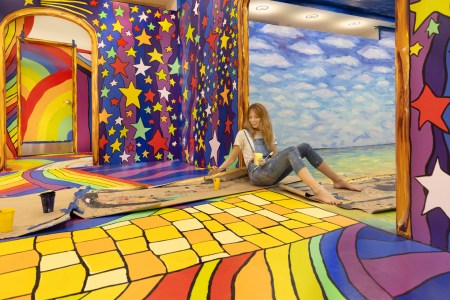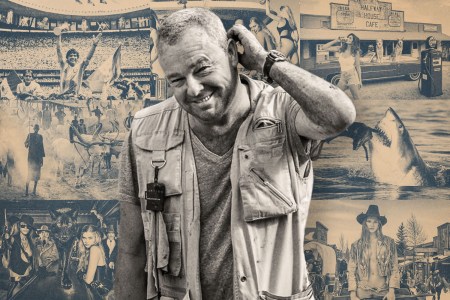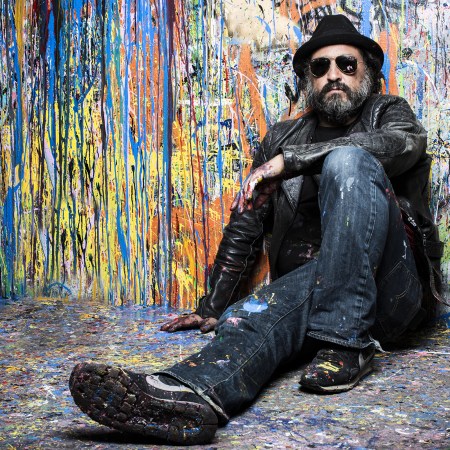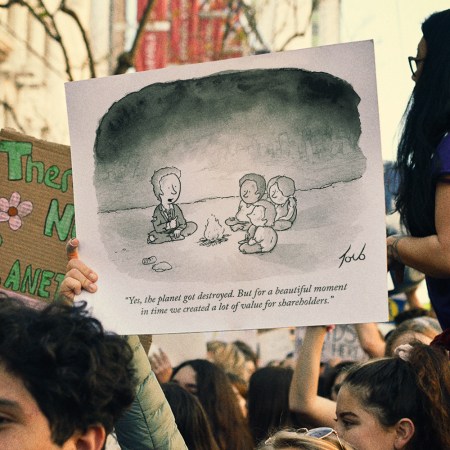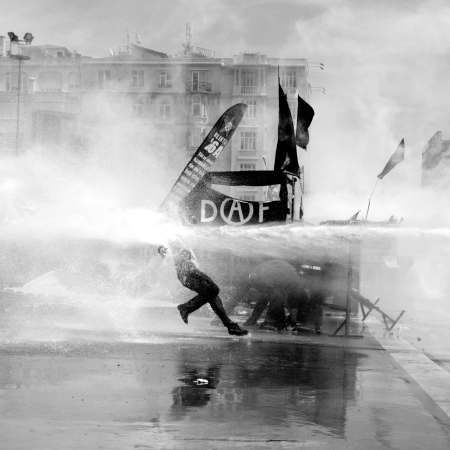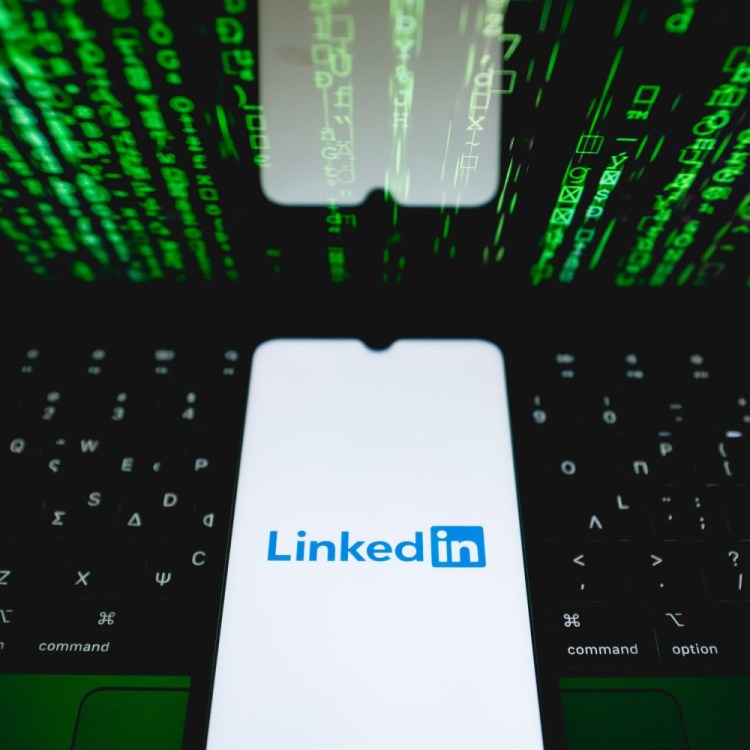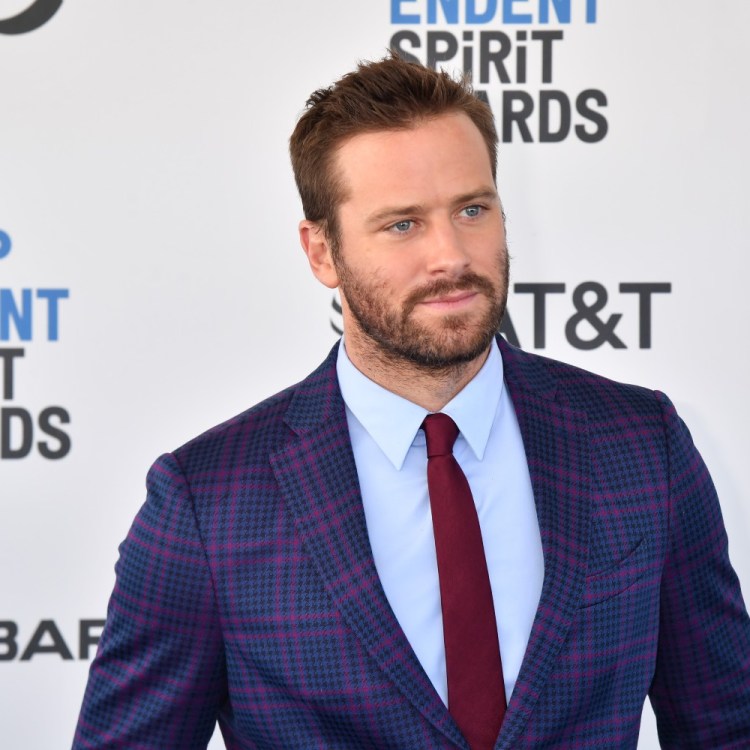Is artificial intelligence a boon to the creation of art or a threat to it? It’s been a long time since the art world was so divided, but the lines in the sand are clear: some regard the technology as just another creative implement, while others see it as a malicious tool for theft and abuse of copyright.
Here, two artists lay out their side of the debate: Eva Toorenent arguing against the tech and Phillip Toledano arguing in its defense.

The Case Against AI
Eva Toorenent says that last year many of her commercial artist colleagues saw their incomes collapse by 80% or more. The possible culprit? AI’s move into the production of art — if, she says, you can call it art. Toorenent, a Netherlands-based illustrator, artist and creature designer — check out her work in Wisdom of the Wild Things, a new deck of oracle cards — argues that AI as it is currently being deployed will continue to be devastating for the art world until it is put in check, ultimately through regulation.
“Yes, there was a moment when there was a curiosity about AI, but that uncertainty seems to have passed. Now the general consensus among most artists is that they need to stay away from AI,” she says. “In fact, on this question, I think there is a kind of unity in the creative community — across artists working in all sorts of disciplines — that I personally haven’t seen before.”
The problem? First and foremost — and this is an argument increasingly being echoed in other artistic media, from music to literature — is the right to enjoy the fruits of one’s efforts and talents, which AI undermines.
“It boils down to two points,” argues Toorenent, who is also an advisor on the European Guild for Artificial Intelligence Regulation. “Artificial intelligence needs the work of artists to make any of its own images at all,” by using pattern recognition to scrape the internet for imagery and remixing that as the model for its own production. “Then, that process puts the artists whose work was used to train those AI models out of business. There’s no consent here, no effort by the makers of AI-generated art to seek permission to do this kind of thing.”
Others have argued that, since we live in a world increasingly mediated through images, it’s AI “art” that the general public is more likely to interact with than any other AI-generated creative content. So the urgency in addressing the challenge AI poses to all forms of art might be considered even more pressing for visual artists, disincentivized as they are by AI to produce original work only to see it lifted gratis.
“People don’t necessarily want to buy AI-generated artwork, but it’s not marked as being that,” she adds. “And since there is little creativity involved in the production of AI art — it’s fast and easy and cheap and ‘good enough,’ as far as its makers think — that allows them to simply flood the market.” AI creation tools, she notes, citing a 2023 study by Everypixel Journal, produced more imagery in 1.5 years than photography did in its first 150 years.
How Artist Alexa Meade Brought “Wonderland” to NYC’s Fifth Avenue
A former Best Buy is transformed into a magical exhibition where guests are meant to interact with the artToorenent isn’t some kind of Luddite: she uses computer-based creative tools in her work, like content aware and the spot healing brush tool in Photoshop. She concedes that there was a point when, before she understood how it works, AI interested her as a potential tool, and she notes that her concern with AI’s abuse of artists’ work skews towards that of commercial artists. Established fine artists may not see such a challenge to their position; though she notes that in 2022 it took just three days after the death of Korean artist Kim Jung Gi for a French game developer to create an AI-based tool that could produce work “in his style,” to the outrage of the artist’s fans. To improve the quality of AI art is going to require feeding it with an ever greater diversity and depth of art. In other words, this technology is coming for all art and all artists.
But above and beyond the important issue of being able to make a living, Toorenent argues that AI is bad for art because it subverts something very fundamental to the creative field.
“For me, AI-generated art doesn’t fit the definition of art as a meaningful expression of human emotions,” she says. “I think that’s why I have yet to see a piece of AI art that I can remember by name. It all just looks like some homogenous mess of all the art of all humanity, but without any humanity in it. Art is about connecting, person to person. You can’t just take the people out of that equation.”
Toorenent is hoping the plight of artists will provide some kind of wake-up call to the general public. If most people don’t yet widely appreciate how AI is screwing artists over — “though people so far tend to be shocked when they learn about how AI generates pictures,” she insists — then maybe just quality will out.
“As artists do, I think more and more people are looking at AI art and thinking, ‘This just isn’t very good.’”

The Case for AI
“It’s hard to know what the art world [at large] thinks about AI, but there seems to be a lot of knee-jerk outrage about it. I certainly get a lot of shit for it,” says the conceptual artist and photographer Phillip Toledano. One of his most recent projects is “Another America,” a series of AI-generated photos (recently published as a book of the same name) exploring an alternative history of America in the 1940s and ‘50s. Artificial intelligence will, he stresses, have a profound impact in many aspects of life. “In the context of the art world, [the debate] seems very petty.”
The New York-based artist chuckles at the thought, as he knows all too well that he is outspoken on the subject. “I can totally understand why some might have concerns, but as an artist my job is to be curious, to explore what’s there [for use in the production of art], whether it’s artificial intelligence or hand puppets,” he says. “AI is only as good as a paintbrush is, or a camera is. [What matters] is the skill with which it is used. There’s nothing about [its use in art] to defend, as far as I’m concerned.”
Toledano might well reference the camera, since he regards the discomfort many fellow artists feel about AI as being akin to that felt historically at the advent of any new technology. He speaks of the history of art as being punctuated by “milestones of outrage,” from monks complaining about Gutenberg’s printing press, to painters claiming photography could never be art as its means of production was mechanical. “They said the same about the shift [in photography] from film to digital, or about the use of Photoshop,” he adds. “This history of outrage is a history of small-minded people.”
It’s far better, he argues, to consider AI as an entirely new medium — he suggests that we’re only at the very early “Daguerreotype stage” with AI, referencing the photographic process commonplace in the 1840s — one that chimes with these times when our ability to pin down “the visual truth, if there ever was such a thing,” is seriously in flux. We live in an age, Toledano suggests, “when everything is true and nothing is true — and the exploration of that idea must be done with AI. It would be ridiculous not to use it.”
Toledano is now, for example, using AI to recreate those photos that, so the story goes, the photojournalist Robert Capa took on D-Day only to have the negatives ruined by a 15-year-old darkroom assistant. Or, by another account, that a shell-shocked Capa never shot in the first place.
$90,000 a Day for One Photograph? David Yarrow Doesn’t Blink an Eye.
The British photographer, known for cinematic set pieces, discusses his iconic images, navigating art and business, and the one thing you should never call himIf nothing else, so far AI has made the making of his photographs “so much easier, and so much cheaper,” says Toledano. Not long ago he was seeking to create the same effects using physical methods — prosthetics, costumes, set-building and so on — akin, perhaps, to the movie industry before the advent of CGI.
Is that loss of the human touch a shame in the same way that some have complained that CGI doesn’t have the warmth or realism of models and real effects? Toledano argues that the “lack of humanity” was a charge once likewise leveled at photographs. But that early photography — and its ability to capture instantly what a painter took weeks to capture — in part also inspired Impressionism; that is, for art to do what photography could not. “So what will AI push art to do?” he asks. “I think, in time, evidence of the human hand in art will be greater than ever.”
Some may say that is taking a sanguine view of things — and that Toledano, like other artists, will come to think differently once AI gets to work ripping off and repurposing his imagery. Rather, he counters, that’s a small price to pay for the wider advantages AI will provide.
“Maybe I’m naive, but the benefits AI will bring to society at large is more important than the loss of a few quid to me, though I understand that’s a controversial point of view,” he says, before going on to be a bit more controversial. “Besides, my work was endlessly copied before AI. The only difference is that now it’s a company that does it. Am I bothered by that? Yes, but, you know, the history of art is the history of theft.”
This article was featured in the InsideHook newsletter. Sign up now.

